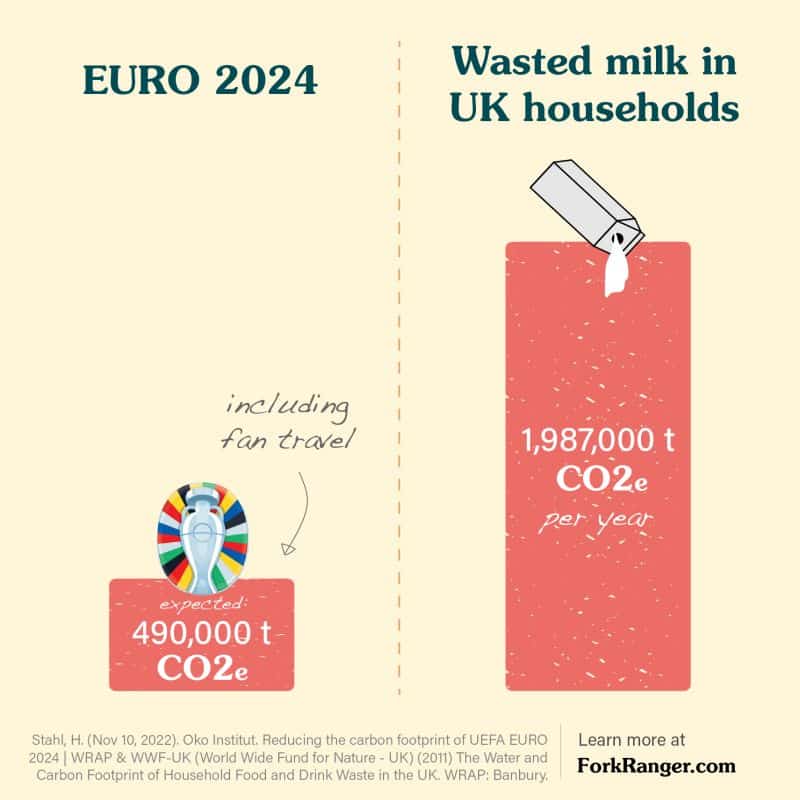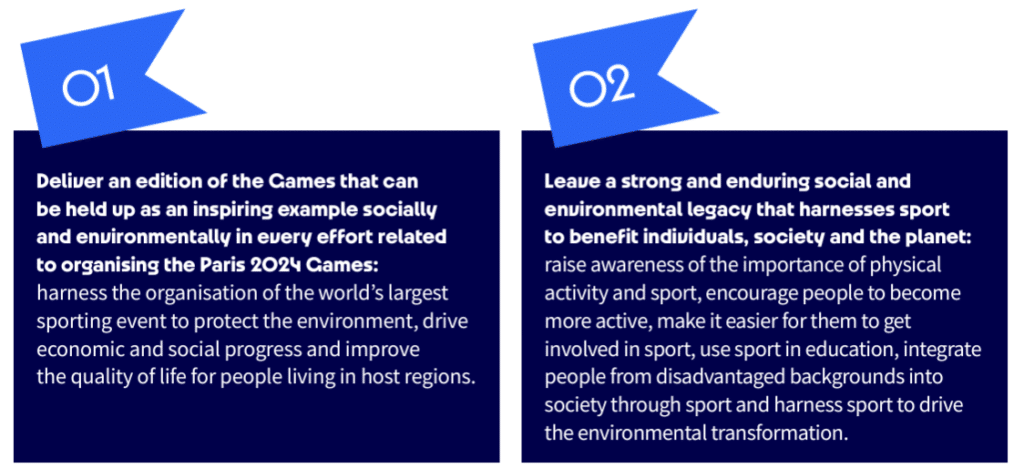Tomorrow, the 33rd Olympic Games will begin in Paris. Organisers are claiming they want these Games to be the ‘greenest’ Olympics ever. How possible, and how relevant is that?
The “Legacy and Sustainability Plan” for the Paris Olympics includes the aim to organise “eco-responsible Games that harness sustainable solutions.” And to judge whether this objective is being achieved, they will compare the Paris Games with previous editions in Rio de Janeiro (2016) and London (2012). According to the IOC, the Games in Paris should be CO2 neutral or have a positive impact on the climate.
Faced with the complexities of reality, the IOC have recently dropped these claims, in favour of less ambitious goals, ie. to measure and reduce the CO2 emissions associated with the Games. That is an important first step, and the first time that this has happened. The idea is to try and halve the carbon footprint of the Games compared with London 2012 and Rio 2016.
In addition, “the organisers plan to power the events’ operations with 100% renewable energy from wind and solar. They are using existing venues when possible, had new ones built with low-carbon concrete and recycled materials, and brought in thousands of seats made of recycled plastic.”
For outsiders, it is hard to establish just how effective the measures in the Plan are.
For example, public transport was meant to be subsidised during the Games, but in fact the prices of metro tickets in the city have doubled for the duration of the Games. And some well-intended measures can have unforeseen consequences: the complexity of the innovative energy-efficient cooling system for the athletes village means that many delegations have decided to bring their own air conditioners to Paris.
As highlighted in this article, major sporting events like the Olympics and FIFA World Cup have had to adapt to the realities of climate change. Olympic organisers have moved events such as marathons to early mornings, or to cooler cities.
But many people are questioning whether more fundamental changes are needed for international events such as the Olympic Games: The biggest problem with huge sporting events is their size. 30-40% of the greenhouse emissions associated with the Olympics are caused by the 15,000 athletes and the 10 million international fans who come to the Games, mostly by plane.
No edition of the Olympic Games can be sustainable without drastically revising the entire model of the event.

Putting the Games into perspective: Household lifestyle changes have a bigger impact!
The Tokyo 2021 Olympics’ CO2e emissions were an estimated 1.9 million tonnes, nearly half those of the Rio Olympics. The Paris 2024 Olympics are forecast to result in 1.75 million tonnes of CO2e emissions (1,750,000 tonnes).
In contrast, global food waste resulted in 9.3 billion tonnes of CO2-equivalent emissions (9,300,000,000 tonnes) – roughly the same as the total combined emissions of the US and the EU in 2017.
Households in Ireland, through their energy use, generated 5.35 Mt CO2e emissionss in 2023 (5,300,000 tonnes) – three times the amount of greenhouse gas emissions we are expecting the Paris Olympics to produce.

In short, while it is important to keep discussing how we can make large sporting events such as the Olympics Games more sustainable – and to rethink our approach to international sports – it is important not to forget that we can have a far bigger impact if we focus on lifestyle choices.

